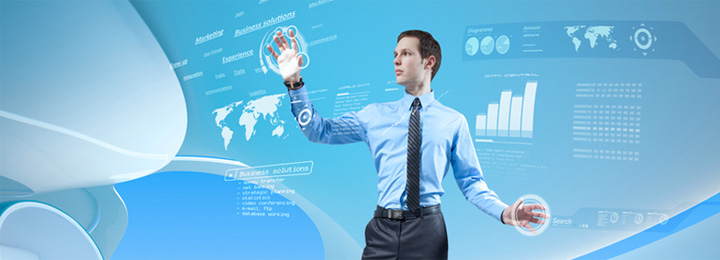What are the criteria for choosing ERP products?

Upon selection of ERP, companies normally undertake many evaluation steps for interface, function, price, investment cost… Nevertheless, they usually find it confusing at the proposal of various solution providers or at the selection of one best solution/provider among several well-functioned and affordable solutions by different reliable providers.

We suggest to take the following notice before choosing an ERP solution:
1. Activity of an ERP product: It is normal for a company to, during its development process, undertake many changes in procedures, planning, business strategies, management criteria… A good ERP must be one to handle these changes which will help the company itself to adjust, modify and re-establish the softwares without any interruption of daily work or usage during both deployment and official operations. This will help the company avoid many troubles or cost dependence on suppliers after deployment in case the system is not active and requires re-programming at each modification, and thus it is time-consuming and expensive as companies are likely to ‘swallow the bitter pill’ paying whatever costs proposed by suppliers. Changes are ineviable for a company and it is usually unpredicable what changes it would be and how much it would be. Thus, it is of vital importance to take full consideration upon selection of one best solution to meet all continuous changes for sustainble development.
2. Interface friendliness. More than 90% of daily ERP users are staff but management. These staff input data and manipulate on the software while managers only check data and research reports. Thus, a well-designed ERP system with user-friendly interface will help the majority of staff to promptly access and utilize it more efficiently by which will crucially save time and training costs. In addition, users usually find it complicated for the first time getting familiar with a new software, particularly a foreign one and are worried about their ability to understand and operate it. Consequently, a new system with user-friendly interface will essentially develop users’ confidence, which means companies can save costs and at the same time quickly put the software into operations, enabling efficient investment of ERP at minimum time for cost recovery.
3. Integration. A software cannot possibly work independently without integration and interaction with other systems to ensure efficient investment of information technology. For instance, an ERP system can be integrated with Email system, chat system, mobile phone, word processors such as MS Word, Ms Excel… which means efficient investment of both ERP and other systems such as MS Word, MS Excel and Ms Outlook, optimizing functionalities of all invested softwares. Moreover, strong integration of such system will allow users access data and utilize it anywhere on many applications such as MS Word, MS Excel, mobile phone… Strong integration also frees users from being dependent on the system.
4. Technology popularity. An ERP must be designed and developed on the basis of popular and advanced technology. This will essentially enable companies itself to run M&R for the system and seek support, upon any possible problem, from many sources such as textbooks, newspaper, other users or technical experts, saving M&R cost and minimizing dependence on suppliers. Moreover, well-known technology can easily help companies recruit workforce from the community, training centers or unversities…



